Vaccines enjoy renaissance in pharma industry
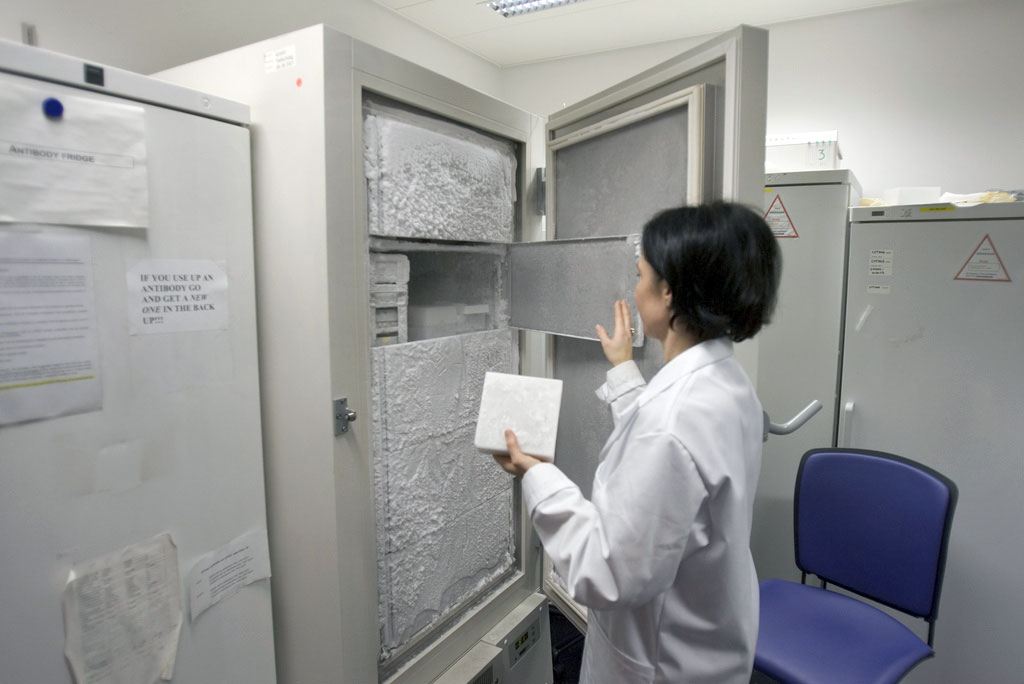
The swine flu pandemic forced pharma groups to develop vaccines as quickly as possible but the market for such disease-resistant products has been booming for years.
What was once a seemingly sleepy sector in the pharmaceutical industry, where there were few opportunities to make big profits, has come alive over the last decade.
“The market has almost tripled over the last eight to ten years,” Carsten Mantel, a medical officer in the World Health Organization’s Expanded Programme on Immunisation, told swissinfo.ch.
“It’s reaching over $17 billion (SFr17.7 billion) in global revenue, so that’s about 15-16 per cent growth rate per year and as such is one of the fastest growing sectors of the industry. Growth is probably more than twice as fast as the therapeutic drugs market.”
As Zurich Cantonal Bank senior analyst Michael Nawrath explained, 20 years ago the profit margins were very small for the pharma companies, which meant that vaccines were virtually neglected.
“But now we have several blockbusters with $1 billion, $2 billion or up to $3 billion of annual sales last year. This is extremely profitable for the pharmaceutical companies. The $3 billion was achieved by the Prevnar vaccine produced by Wyeth, the company that’s now been acquired by Pfizer,” he said.
Focus on prevention
Nawrath told swissinfo.ch that there was more focus now on prevention of disease.
“There are five players in the world, including [Switzerland’s] Novartis that have jumped on the train to make vaccines because it also fits well into modern thinking about health care reforms.”
That means that the vaccines should be developed quickly, safely and at reasonable costs both to the industrialised world and developing countries.
The thinking goes that if you can prevent a disease, you are saving exponential costs such as going to a doctor or a hospital stay.
Nawrath also believes that more and more doctors will be urged by health authorities to carry out vaccinations based on the cost reduction, even though prices for vaccines might be considered high at present.
Vaccine security strategy
At the Geneva-based WHO, Mantel says that his organisation, Unicef and others developed a vaccine security strategy aimed at ensuring an “uninterrupted and sustainable supply of vaccines that are affordable and still assured of quality”.
As he points out, vaccines can now be manufactured in developing countries at prices that in recent years have been 25 per cent less than in industrialised nations.
“We see this as a good trend and as a good opportunity to purchase more vaccines and thus save more lives at the same cost. This is one of the ways forward that we see to bring the prices down.”
“It’s not just us asking the companies to lower the prices but [we are] actually trying to create a competitive and healthy market, which then through competition will bring the prices down.”
Technological progress has also played no small part in the world’s global vaccines market.
Changing technology
Authorities are putting pressure on producers to change from the traditional egg technology to cell culture methods of producing vaccines.
“The clear-cut advantage of cell culture production is that it is much more flexible and not so time-consuming. Within about four weeks you can produce a completely new vaccine against a certain virus,” Nawrath explained.
He also pointed out that some vaccines these days are multivalent, which means that with one shot you can protect children against five or even ten different diseases.
“This is one of the major improvements and the other thing is that we are moving more and more towards a completely new [technological] development of vaccines.”
Robert Brookes, swissinfo.ch
The Global Alliance for Vaccines and Immunisation (Gavi), which acts in conjunction with the World Health Organization and Unicef says its impact on the vaccine market is bringing down prices.
It encourages and pools growing demand from countries, attracting new manufacturers and increasing competition to drive down prices.
“This price drop is no accident but rather the result of a strategy to leverage the purchasing power of hundreds of millions of people,” Unicef deputy executive director Saad Houry has said.
Swiss pharmaceutical group Novartis, based in Basel, announced on November 24 it was inaugurating a large scale United States based cell-culture influenza vaccine manufacturing facility.
It said it marked an important milestone in using modern biotechnologies for flu vaccine production to replace the 50 year-old egg-based process.
Total investment in the plant in North Carolina will be $1 billion in a partnership between Novartis and the US Department of Health and Human Services.
A vaccine is any preparation intended to produce immunity to a disease by stimulating the production of antibodies.
Vaccines include, for example, suspensions of killed or attenuated micro-organisms, or products or derivatives of micro-organisms.
The most common method of administering vaccines is by injection, but some are given by mouth or nasal spray.

In compliance with the JTI standards
More: SWI swissinfo.ch certified by the Journalism Trust Initiative
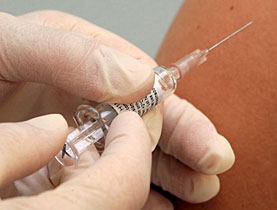
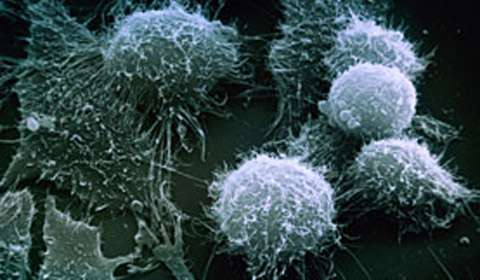
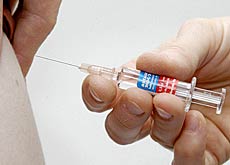
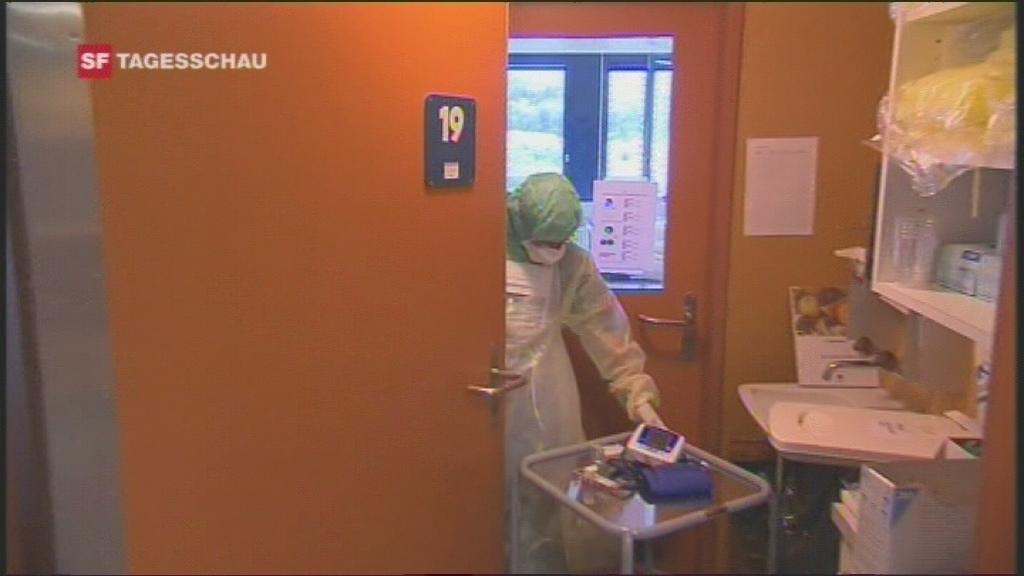
You can find an overview of ongoing debates with our journalists here. Please join us!
If you want to start a conversation about a topic raised in this article or want to report factual errors, email us at english@swissinfo.ch.